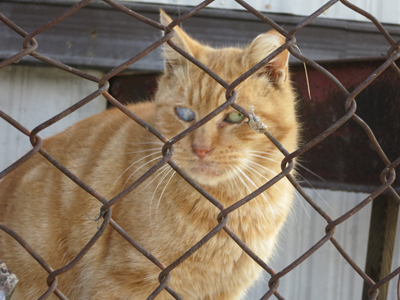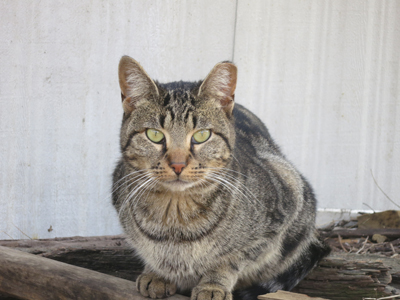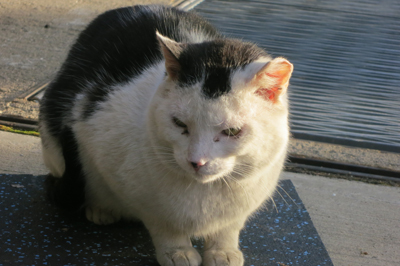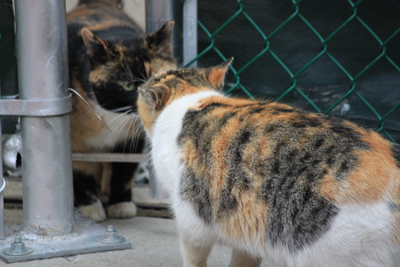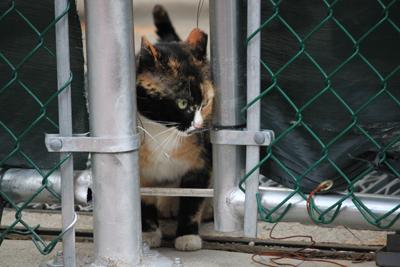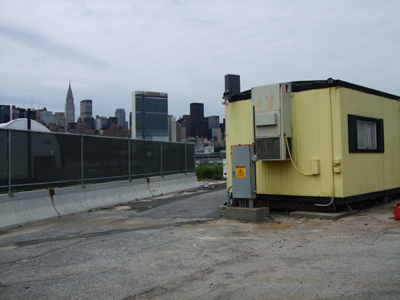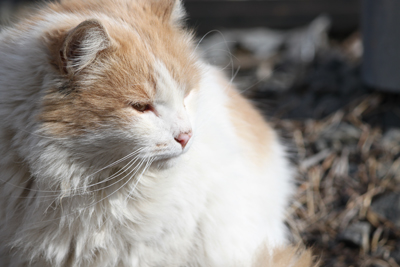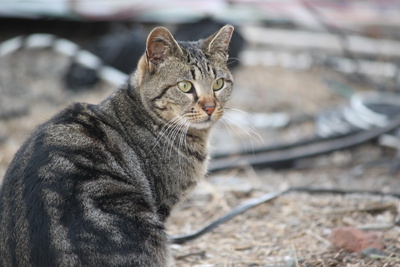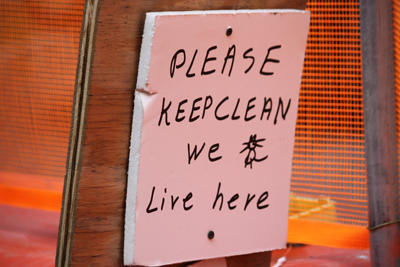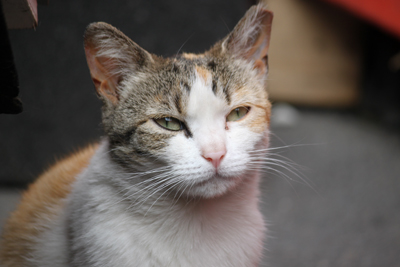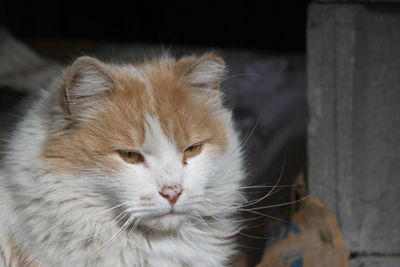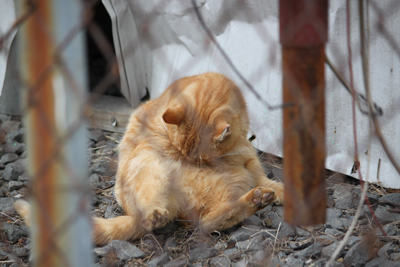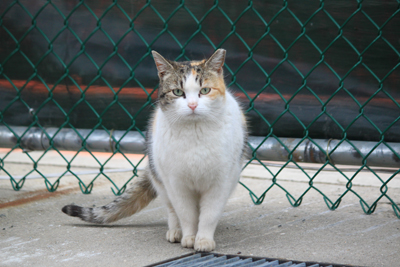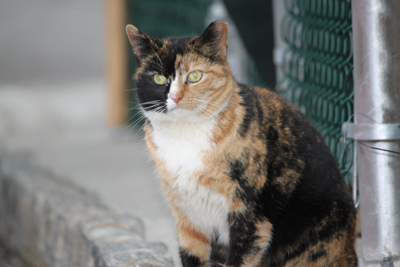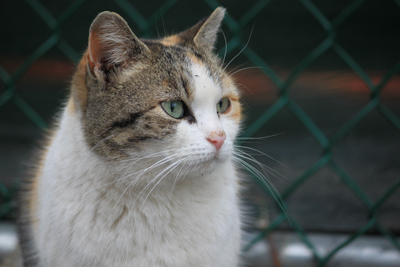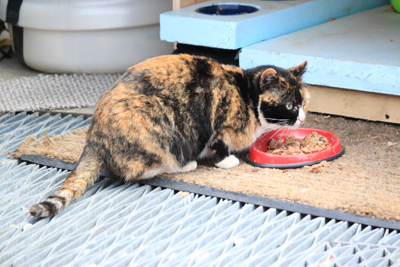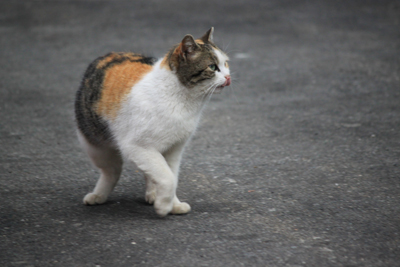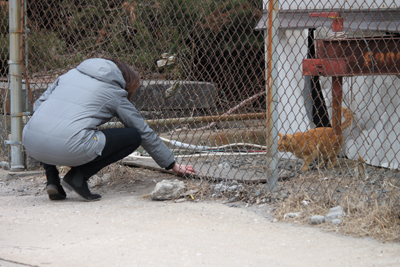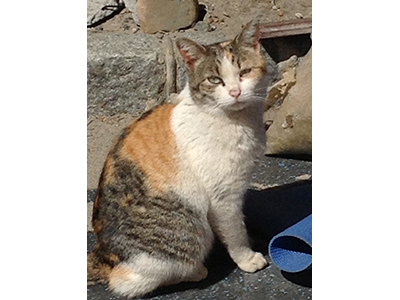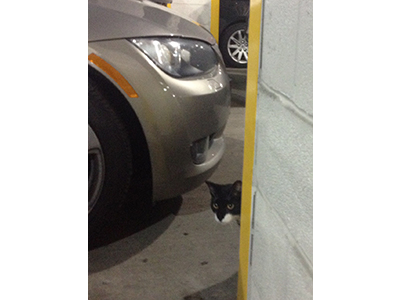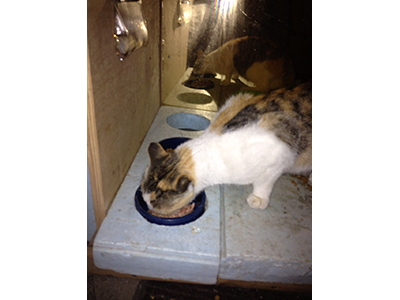Little Paws
Happy Cats & Dogs
The animals on this page were all rescued by Big Hands Little Paws, either from kill shelters, the streets or neglectful home environments. They have have all been adopted by loving families. Please read and watch their stories – all have happy endings!!
Lowest East Side Kittens
Teamwork
It sometimes takes more than one rescue group to save an animal. Sometimes one group has the volunteers to foster, but needs funds to pay for veterinary care and another group contributes. Other times, one group does not have space to pull an animal from the shelter kill list and reaches out and another group steps in.
Cat Colonies
There are an estimated 60 to 70 million homeless cats living in the United States. Some were abandoned by their owners, some were lost and some were born on the streets. It really doesn’t matter what the circumstances are that brought them to living on the streets – what matters is that the life for one of these cats is brutal. They face extreme weather, from snow and freezing temperatures to torrential storms to extreme heat. They face starvation, infection and dire medical conditions, attacks by other cats and animals, and abuse and death from humans caused by poisoning, trapping and torturing.
Homeless cats have been referred to as feral or stray, but there is a difference. The term “feral” actually refers to the behavior of the cat, rather than to the group of homeless cats as a whole. A feral cat is primarily raised in the wild or has adapted to living in the wild based on being abandoned or lost. These cats are typically not socialized, keep their distance from humans and are quiet. Stray cats, on the other hand, had human contact before ending up on the street, and tend to be more vocal and approachable, and often seek areas close to humans to make their home.
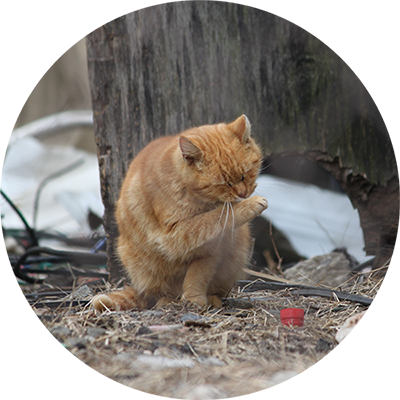
Irrespective of whether feral or stray, these cats have one thing in common – they are all trying to survive, to live. They don’t need much – food, water, shelter from the extreme weather, veterinary care and safety from harm. This is where community cat colonies come into play.
What is a community cat colony? Often, homeless cats, whether feral or strays, end up in groups, living near a food source (whether wild or provided by humans). They form what we call a colony and they come to rely on a caretaker, who provides food, shelter and veterinarian care when possible. The colony can form on a private area or public area and the location can create difficulty for the caretaker, depending upon accessibility and cooperation of the landowner.
The most humane and effective way to manage colonies and end the severe homeless cat overpopulation of free-roaming cats is the practice commonly known as trap, neuter and return (TNR), in which cats are trapped, spayed or neutered, and then returned to their colonies to live out their lives. Some cats can be socialized are adopted, but most remain in the colonies. It depends upon several factors, including the age of the cat, what generation homeless the cat is, the extend of daily human contact and the cat’s personality.
It would be ideal if there were no homeless cats, but that is not possible at this point. The goal is to eventually reduce the homeless cat population. TNR has the advantage of immediately stabilizing the size of the colony by eliminating new litters. It also reduces the nuisance behavior, including yowling and fighting that comes with mating activity and the odor of males marking their territory, and prevents certain feline medical conditions. TNR also serves to lessen the number of cats flowing into local shelters, resulting in decreased kill rates at those shelters.

Big Hands Little Paws manages several community cat colonies, providing food, shelter and veterinary care. Some of the cats have been rescued and placed into foster cate or adopted. Others remain in the colonies. We plan to work with other rescue groups and individuals to provide funding for care of additional colonies.
How Can I Help?
If you are interested in volunteering to be a colony caretaker, please complete the volunteer application or contact us for more information (volunteer@bighandslittlepaws.org). If you are unable to volunteer, but would like to help out with colony care, please consider making a general donation or fulfilling our Amazon wish list for a product used in caring for the community cats. And, of course, please spread the word about community cat colonies so that we can humanely and effectively care for and reduce the population of homeless cats.


